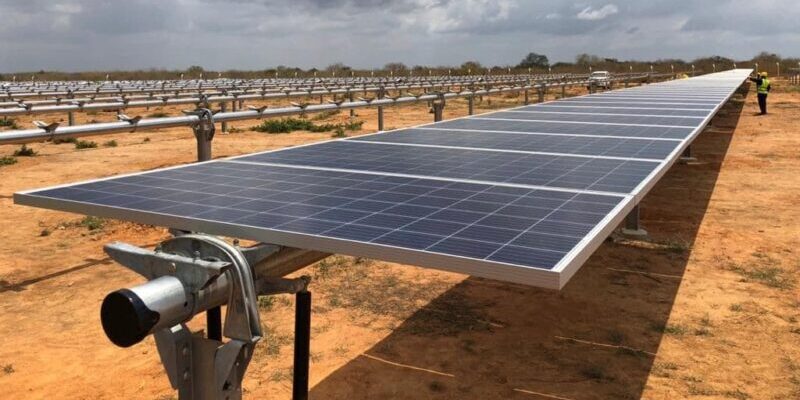Ninety-one percent of the energy consumed in Angola comes from renewable sources, with hydroelectric power contributing 87 percent and solar energy accounting for around 4 percent.
These statistics were presented by Pedro Afonso, president of the Board of Directors of the Public Electricity Production Company (PRODEL), during the 1st Energy and Climate Seminar of the Community of Portuguese-Speaking Countries (CPLP) in Lisbon, Portugal.
Representing the Ministry of Energy and Water (MINEA) at the event, Afonso revealed that the interconnected system (North-Center) relies entirely on renewable energy, while thermoelectric plants remain on standby, only being used to compensate for hydrological deficits.
Angola began incorporating solar energy in 2018 with the installation of hybrid plants that combine solar and thermal energy in isolated networks. This pioneering project achieved significant success, leading to large-scale solar projects.
The growing demand for electricity presents challenges for Angola’s electricity sector, including ensuring universal access to reliable, sustainable, and affordable electricity.
To address these challenges, investments in energy infrastructure are being made nationwide, focusing on diversifying the energy matrix with an emphasis on renewable sources, particularly hydro and solar energy.
Afonso highlighted that new renewable energy projects will bring electricity to 125 locations in the East and South regions of Angola, benefiting around 2 million inhabitants.
The integration of clean energy is expected to reduce operational and fuel costs. Over eight years, Angola is projected to save approximately 876 million liters of fuel, translating to a savings of around 118.26 billion kwanzas, based on a diesel price of 135 kwanzas per liter.
From 2022 onwards, Angola’s electricity generation system began operating solar parks, notably the Biópio Solar Park, with a capacity of 188.8 Megawatts (MW), making it the largest solar development in Southern Africa.
Between 2015 and 2023, new hydroelectric plants were built and existing ones rehabilitated, with the Laúca plant, currently the largest in Angola, boasting an installed capacity of 2,070 MW.
Significant solar projects include those in Malanje (400 MW), Catete (Luanda) (140 MW), and Cabinda (90 MW). Afonso stated that by 2027, Angola’s energy matrix is expected to consist of around 77 percent renewable energy, with solar energy making up 14.78 percent, reducing the thermal contribution to 22.66 percent.
The CPLP event in Lisbon brought together government officials, energy company leaders, and financiers to discuss the energy transition in CPLP member states under the theme “The contribution of climate financing mechanisms to accelerate the energy transition in CPLP Member States.”
Participants included Manuel Barros, PCE of Sonagás, and Artur Custódio, Administrator of the National Oil, Gas and Biofuels Agency (ANPG).
![]()




